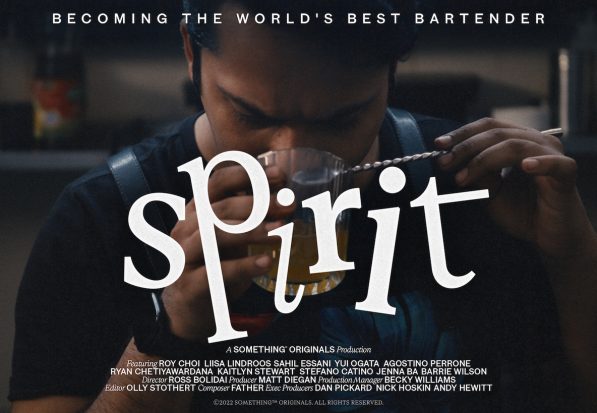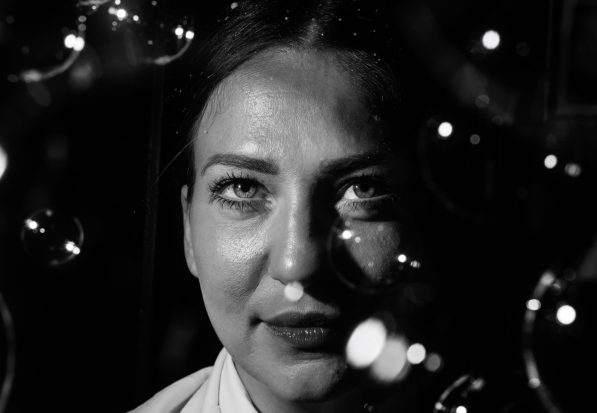If you are serious about your cocktails (or alcohol of any kind) then you can’t let this weekend pass without raising a glass to President Franklin Roosevelt.
Eighty-seven years ago tomorrow — Dec. 5, 1933 — FDR gleefully put a stake through the heart of something that had once been called “the Noble Experiment.” Famously, he toasted the end of prohibition with the phrase “What America Needs Now is a Drink”. And after the year we’ve all had, I think that sentiment can be easily echoed by saying “What the world needs now is a drink”
So raise a glass (or several) to the end of Prohibition and use its example to realise that, as Johnnie Cash once sang “These things shall pass and some great morning. We’ll look back and smile at heartaches we have known.” But all that aside, let’s have a look at what Prohibition actually was.
Prohibition — chiefly driven by the Women’s Christian Temperance Union platform and the Anti-Saloon League — was enacted Jan. 16, 1919, when Congress overrode President Woodrow Wilson’s veto of the Volstead Act, the law to enforce the 18th Amendment.
Yet even before the 13 years, 10 months, 19 days, 7 hours, and 32 minutes …or so … had ended, not everyone thought the experiment was working.
Prohibition Didn’t Prohibit
As early as 1925, H. L. Mencken, the acerbic newspaperman of the time, declared Prohibition an utter failure: “Five years of Prohibition have had, at least, this one benign effect; they have completely disposed of all the favourite arguments of the Prohibitionists. None of the great boons and usufructs that were to follow the passage of the Eighteenth Amendment has come to pass. There is not less drunkenness in the Republic, but more. There is not less crime, but more. There is not less insanity, but more. The cost of government is not smaller, but vastly greater. Respect for law has not increased, but diminished.”
The most obvious reason for repeal was that, as Michigan Governor William Comstock succinctly stated, “Prohibition didn’t prohibit.” With law enforcement either corrupted, outgunned, outnumbered or all of the above, there was no way to stem the massive tide of booze pouring into and around the country.
While Prohibition was originally intended to reduce beer consumption in particular, it ended up increasing the consumption of hard liquor.
Brewing requires more space, both in production and distribution, making it harder to conceal. This rise in the distilled spirit consumption played a big part in the martini and mixed drink culture that we’re familiar with as well as the “fashion” we associate with the era.
The Rise of Moonshine
Many rural Americans began to make their own hooch, “near beer,” and corn whiskey. Stills sprung up across the country and many people made a living during the Depression by supplying neighbours with moonshine.
The mountains of the Appalachian states are famous for moonshiners. Although it was decent enough to drink, the spirits that came out of those stills were often stronger than anything that could be purchased before Prohibition.
The moonshine would often be used to fuel the cars and trucks that carried the illegal liquor to distribution points. Police chases of these transports have become equally famous (and interestingly, the origins of NASCAR). With all of the amateur distillers and brewers trying their hand at the craft, there are many accounts of things going wrong: stills blowing up, newly bottled beer exploding, and alcohol poisoning, just to name a few.
The Days of the Rum Runners
Rum-running, or bootlegging, also saw a revival and became a common trade in the U.S. Liquor was smuggled in station wagons, trucks, and boats from all corners but especially Mexico, Europe, Canada, and the Caribbean.
The term “The Real McCoy” came out of this era. It’s attributed to Captain William S. McCoy who facilitated a significant portion of the rum-running from ships during Prohibition. He would never water down his imports, making his the “real” thing.
McCoy, a non-drinker himself, began running rum from the Caribbean to Florida shortly after Prohibition began. One encounter with the Coast Guard shortly thereafter stopped McCoy from completing runs of his own. However, he was quite innovative in setting up a network of smaller ships that would meet his boat just outside U.S. waters and carry his supplies into the country.
The Canadian Influence
A fun little quirk of Canadian customs law allowed Canadian distillers to move liquor through the US, ostensibly en route to Cuba and other wet countries; as a result, by 1925 Hiram Walker was claiming annual shipment of Canadian whiskey bottles to Cuba of 100,000 cases. With 29 breweries and 16 distilleries in Ontario alone, running full-steam ahead during Prohibition, there really wasn’t any stopping the juggernaut of booze.
The profits from liquor smuggling were enormous. A Time magazine exposé in 1925 tallied the dollars: “A case at Rum Row, $25; on the beach, $40; to the retail bootlegger, $50; to the consumer, $70, or $6 a bottle.”
Repeal at Last!
One of the first acts taken by the Roosevelt administration was to encourage changes to (and subsequently repeal) the 18th Amendment. It was a two-step process; the first was the Beer Revenue Act, which legalized beer and wine with an alcohol content up to 3.2 percent alcohol by volume (ABV) in April of 1933.
The second step was to pass the 21st Amendment to the Constitution. With the words “The eighteenth article of amendment to the Constitution of the United States is hereby repealed”, Americans could once again drink legally.
When repeal did finally pass, Budweiser sent its sturdy Clydesdales thundering down Pennsylvania Avenue to deliver a wagon-load of beer to the White House.
Cocktails
If you are going to have a drink this weekend to celebrate, then there is no better way to do it than with a few classic cocktails.
Complex and herbal The Last Word is the perfect cocktail to start the weekend.
Then move onto the Jack Rose
The Scofflaw Cocktail was a drink that was invented in Paris during the Prohibition years
And end with the fruity Clover Club
Music
And what should you listen to? Well, a few well-orchestrated drinking song will never go astray.
Ice Breakers
If you are unsure what you’ll talk about at your Repeal party, then we have a few articles that can provide some fun facts for you and your guests.
Enjoy Prohibition Repeal Day, but these crazy alcohol laws show we have a long way to go
Jim Beam Reveals Limited-Edition Repeal Batch Bourbon
Why the Repeal of Prohibition Actually Made It Harder to Get a Drink
Decades late, Georgia lawmakers could vote to end Prohibition, poll taxes
10 Things You Should Know About Prohibition








